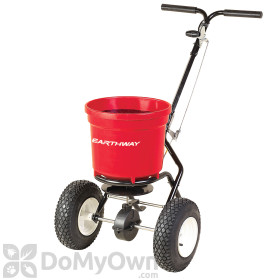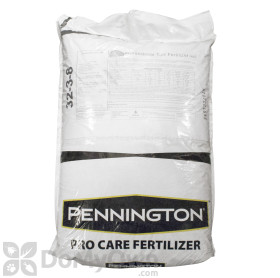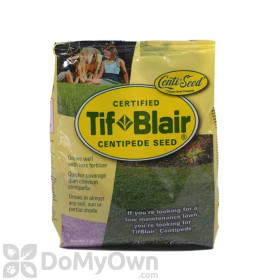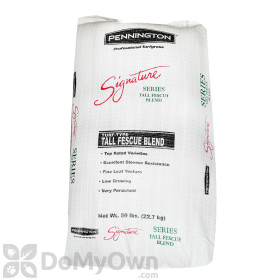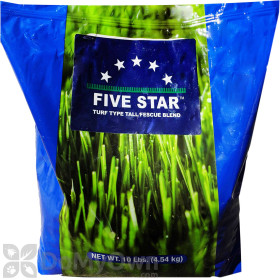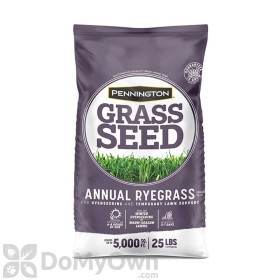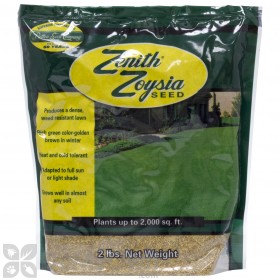What is Overseeding?
Overseeding isn't just planting grass seed. Like the name suggests, overseeding is a specific name for spreading additional grass seed over an existing area for better coverage, density, or variety of grasses in your lawn.
This article will help you learn the basics of overseeding including:
Why Should I Overseed My Lawn?
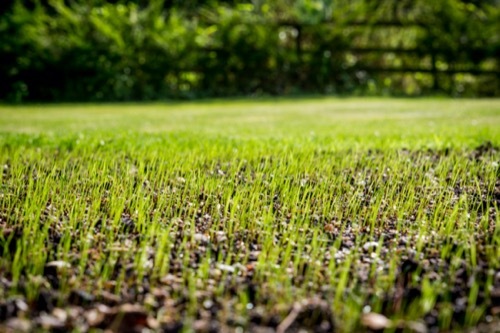
You may have spotted some thin or bare patches on your lawn, or feel like the original turf planted there is losing its color and thickness and could stand a refresh. Some homeowners decide to seed additional grass types on their lawn to improve the variety of turf. This can yield a more attractive lawn through more months of the year. Adding a newer variety of grass to your thinning or browning original turf may be just the improvement you're looking for to brighten up your property.
When Should I Plan to Overseed My Lawn?
If you have a warm-season turf already in place, but it's showing some thin spots, try to overseed in the late spring to take advantage of the warm-season growth period. For warm-season lawns that could use a green-up over the winter months, perform your overseeding in the fall.
Homeowners in Northern areas with cool-season grasses will follow a different schedule. Overseed your lawn in the months of late summer and early fall when your existing turf is still healthy. Many of the weeds that could compete with your new seedlings are less active in the fall months, so your new grass growth will have a better chance to thrive.
How Do I Prepare My Lawn for Overseeding?
Before you overseed your lawn it's important to prepare the turf in the right ways. These preliminary steps can make a big difference in the effectiveness of your overseeding effort. Follow these steps to prepare your lawn before you overseed.
- Scalp the lawn. Cut the existing grass down to the ground to allow for the best contact with new seeds.
- Clean up ALL debris in your lawn. Be as thorough as possible.
- Rip out any moss on the surface of your lawn. This is another way to allow the most seed contact.
- Dethatch the area with a stiff rake or power rake.
- Aerate the entire area to be seeded right before you are ready to seed.
Check out our video above for a demonstration of these ways to get the best result from your overseeding application.
What Makes for a Successful Overseeding?
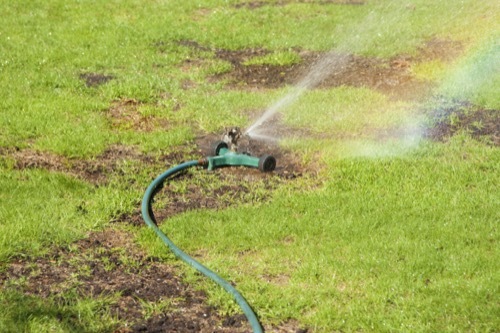
Growing new grass isn't just about tossing seed on the lawn and hoping for the best. Creating the right conditions for your new grass to thrive is crucial. Whether you're filling bare patches or rejuvenating an entire yard, following these additional steps will help ensure your efforts pay off with stronger, greener overseeded lawn.
- Perform a soil test to see if fertilizer or soil amendments, such as lime, are needed before new seed goes down.
- Confirm the soil temperature is ideal for the seed you're planting.
- Calculate the amount of grass seed per square foot needed (Ex: 3-5lbs per 1000 sq.ft.)
- Plan your work so that seeds can be applied immediately after aerating the lawn.
- Make plans for watering the area consistently during upcoming weeks if rain is not in the forecast.
One Last Thing -- Spreading the Seed
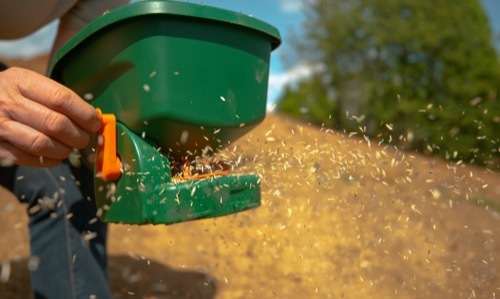
You've answered the questions above and made your lawn ready for overseeding. Now it's time for the easy part. Fill your spreader with your selected seed mix following the labeled directions, adjust your spreader settings, and begin to walk the area to be seeded. We recommend moving in straight parallel lines across your lawn to get even coverage of the entire area.
Once the new seeds are down, you should be ready to water the area once or twice a day until the new growth has caught up with the older grass in your lawn.





